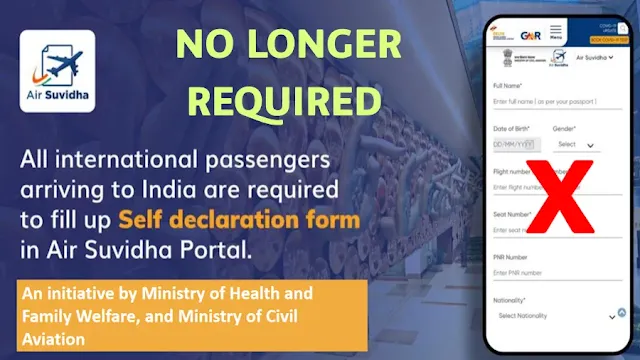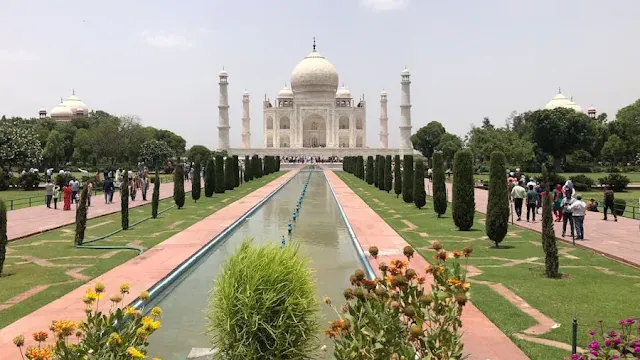
Traveling to India with your favorite spirits? Understanding India’s custom duty on alcoholic beverages is crucial to avoid surprises at the airport. Whether you’re curious about carrying liquor, duty charges, or the legality of importing alcohol, this guide answers your questions with clear, practical insights. From duty-free allowances to excise duties on Indian liquor, we’ll help you navigate the regulations. For official guidelines, visit the Central Board of Indirect Taxes and Customs (CBIC).
Table of Contents
Duty-Free Allowance for Alcohol
Travelers to India can bring up to 2 liters of alcoholic liquor or wine duty-free, as per CBIC regulations. This includes spirits, wine, or beer, and applies to passengers of legal drinking age (19 and above in most states). Exceeding this limit incurs custom duties at commercial import rates, not standard baggage rates. Always declare alcohol at customs to avoid penalties. For more details, see India Baggage Rules.
Duty-Free Alcohol on Connecting Flights in India
Can I Carry 3 700ml Bottles to India Duty-Free?
No, you cannot carry three 700ml bottles duty-free, as this totals 2.1 liters, exceeding the 2-liter duty-free allowance. You can bring two 700ml bottles (1.4 liters) without duty, but the third bottle (or any amount over 2 liters) will incur custom duties. The duty is calculated based on the Basic Customs Duty (BCD) of 150%, plus additional taxes like GST and Social Welfare Surcharge, often totaling over 200% of the alcohol’s value. For example, a $50 bottle could incur $100+ in duties. Check rates at ICE GATE.
How Much Custom Duty is Charged in India?
Custom duty on alcoholic beverages in India is high to regulate imports and protect local producers. The structure includes:
- Basic Customs Duty (BCD): 150% on most alcoholic beverages, applied to the assessable value (cost + freight + insurance).
- Goods and Services Tax (GST): 28% on the value plus BCD, increasing the total cost.
- Social Welfare Surcharge: 10% of the BCD, adding to the duty.
- Health Cess and Other Levies: Vary by beverage type and origin.
For example, a $100 bottle of whiskey could face $150 BCD, $50.40 GST, and $15 surcharge, totaling $315.40 after duties. Use the CBIC’s Customs Regulations for precise calculations.
What is the Excise Duty on Indian Liquor?
Excise duty on Indian liquor is a state-level tax, varying by region, as alcohol is under state jurisdiction per India’s Constitution. Rates depend on the beverage type (e.g., beer, whiskey, rum) and alcohol content. For example:
- Beer: 20-40% in states like Maharashtra and Karnataka.
- Spirits (Whiskey, Rum): 50-100% or more, often based on volume or alcohol percentage.
- Wine: 20-60%, lower in states like Goa to promote tourism.
Excise duty is included in the retail price and doesn’t apply to imported liquor, which faces custom duties instead. For state-specific rates, check Maharashtra Excise or equivalent state portals.

Is It Legal to Import Alcohol in India?
Yes, importing alcohol to India is legal for personal use within the 2-liter duty-free limit. Beyond this, you can import more by paying applicable custom duties, provided you comply with CBIC regulations. Key rules include:
- Passengers must be of legal drinking age (19+ in most states).
- Alcohol must be declared at customs, typically via the Red Channel.
- Commercial imports require licenses and adherence to state excise laws.
Some states, like Gujarat, prohibit alcohol, so check local laws before traveling. For import guidelines, see Ministry of Commerce.
Indian NRIs and OCI holders often import premium alcoholic beverages, reflecting their taste for quality spirits. Scotch whisky dominates, with brands like Johnnie Walker, Chivas Regal, Black Dog, and The Glenlivet being top choices for their rich flavors. Ricard, a French pastis, is favored for its unique anise taste. Whisky, especially Scotch, leads due to its prestige, followed by wine for sophisticated gatherings. Vodka appeals for its versatility in cocktails, while beer, often premium imports, is popular for casual settings. These selections, subject to India’s 2-liter duty-free limit, showcase global preferences among Indian diaspora communities.
Frequently Asked Questions
Can I carry 3 700ml bottles to India duty-free?
No, only 2 liters (e.g., two 700ml bottles) are duty-free. A third 700ml bottle incurs duties over 200% of its value.
How much custom duty is charged in India?
Custom duty includes 150% BCD, 28% GST, and 10% surcharge, often exceeding 200% of the alcohol’s value.
What is the excise duty on Indian liquor?
Excise duty varies by state, ranging from 20-100% on beer, wine, and spirits, included in retail prices.
Is it legal to import alcohol in India?
Yes, up to 2 liters duty-free for personal use; additional amounts require duty payment and compliance with regulations.








